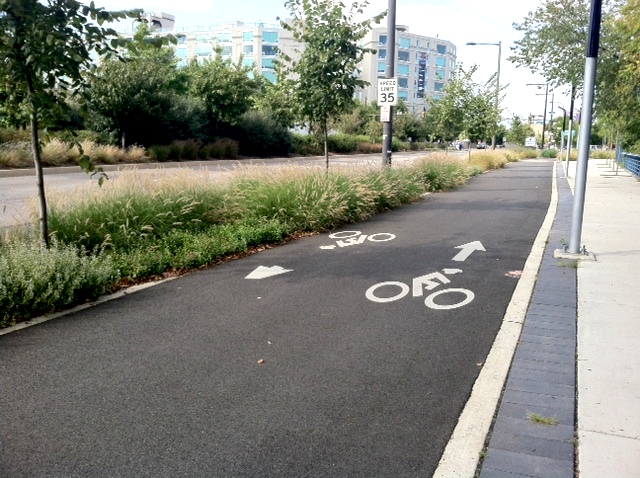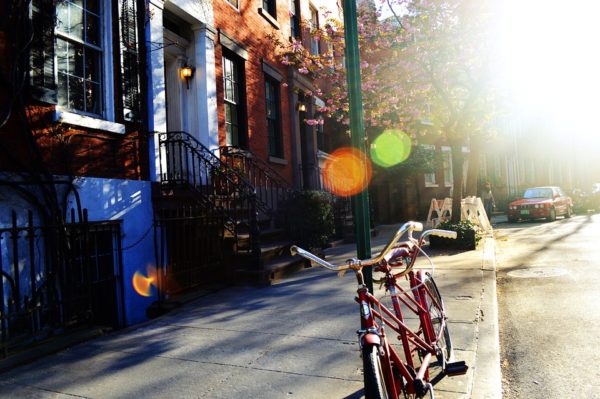General
A wheel winner: Bikes lanes make motorists safer too

A recent article on the benefits of bike lanes caught our attention. While some of the benefits listed are widely known, such as increasing the number of cyclists and improving safety for cyclists, this one in particular caught our eye: adding more bike lanes improves safety for motorists. Here’s how:
A study in Austin, Houston, and San Antonio found that without a marked bike lane, car drivers veer so far away from bicyclists that they swerve into the next car lane 90% of the time.
The researchers concluded that this is because the drivers don’t have lane lines to determine the appropriate amount of space to give cyclists, and are unable to gauge that amount of space sans bike lane.
When there was a bike lane on the other hand, fewer drivers veered away from the bike lane, and when they did, they only veered 40 percent as far as those who veered without a bike lane.
Here in Philadelphia, we have a solid and growing system of bike lanes, but there’s room for improvement yet. To see our current bicycle infrastructure, look out for the latest print version of the Philadelphia Bicycle Map, which will be released later this month (in the meantime you can use this online version).
However, the process of adding new bike lanes in Philly is challenging. In 2012, City Council passed a bill requiring a resolution from Council to create any new bike lanes that remove a parking or driving lane.
The City has seen at least one much-needed addition to the bike lane network thwarted due to this law: 22nd Street in the Fairmount neighborhood.
In the Bicycle Coalition of Greater Philadelphia (BCGP) blog post about the demise of the proposed bike lane, they too mention the fact that the bike lane would have improved safety for motorists as well as cyclists.
As we wrote about in our blog post on parking, infrastructure decisions such as these about parking or bike lanes boil down to whether the City will accommodate more cars, or more people (some of them on bikes).

At Solo, we are definitely in the “more people” camp! Luckily, some Council members are as well. Councilman Henon introduced a bill to add a buffered bike lane on Tyson Avenue from Frankford Avenue to Roosevelt Boulevard, which will require the removal of a traffic lane in each direction.
Philadelphia was also recently awarded federal and state funding to add multiple new protected bike lanes. Here’s a handy visual guide to and analysis of all the different methods to “protect” a bike lane; the new lanes being installed in Philly will use the second option on the list, flexible plastic delineator posts.
Another heartening sign came recently on Bike to Work Day (May 22nd) when three Councilpeople joined a group of about 50 cyclists biking down west Market Street. All three expressed support for adding a protected bike lane to the 5-lane wide arterial. The ride terminated at Dilworth Park, where Mayor Kenney himself spoke about the importance of bike infrastructure.
For the safety of motorists, cyclists, and even pedestrians, we hope the bike lane network in Philadelphia continues to expand. We’ve been saying as much here on the Solo blog for years.
We also practice what we preach! Solo is developing condos at 1326-1332 N 5th Street with parking for bikes instead of cars, and currently house the headquarters for the City’s Indego Bike Share program in one of our buildings.
If this blog post has piqued your interest, check out the BCGP’s guide of where they believe bike lanes should be added in each Council District, and how to contact your Councilperson to advocate for them!
2nd image courtesy of Pixabay.







